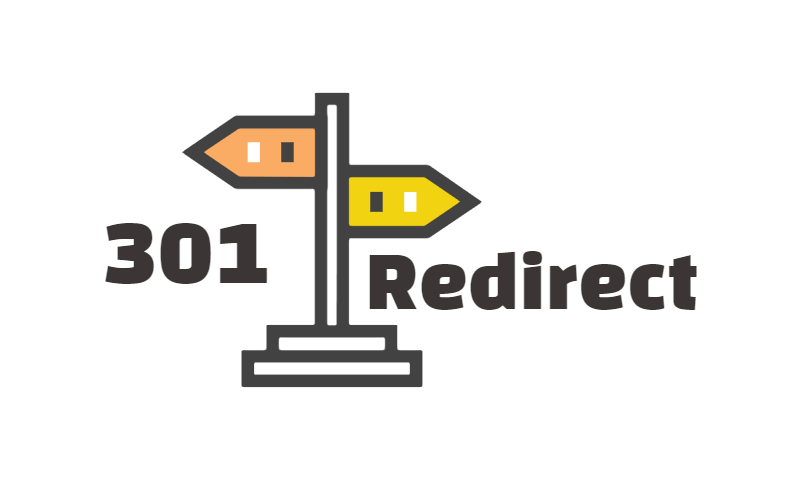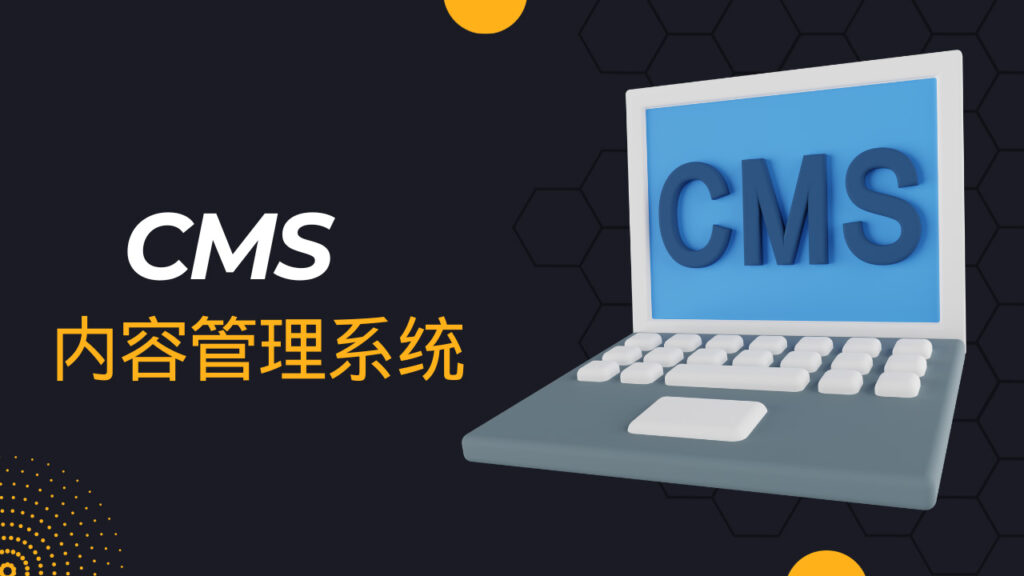For those who are just starting to useWordPressThe file upload feature is a common need for those who are looking for it. Whether it's for visitors to submit images, upload resumes, or for administrators to bulk import information, it's important to have a good grasp of how file uploads are implemented. In this article, we'll go over a few simple ways to help beginners quickly add file upload functionality to their websites.
First, WordPress comes with a file upload method
WordPress itself provides basic file uploading functionality, which is located in the backend in the "Media Library".
Click "Media" → "Add" in the left menu to upload files such as pictures, PDFs, audio or video.
This approach is suitable for administrators to manage files, but ordinary visitors can't upload them, so it's more suitable for background content maintenance.
![Image [1]- Complete Guide to WordPress File Uploads: Plugin Settings and Security Tips](http://gqxi.cn/wp-content/uploads/2025/10/20251031142621817-image.png)
Pros:
- No plugins to install, easy to use;
- The file is automatically stored in the
wp-content/uploadsfolder; - Links to documents can be inserted directly into articles or pages.
Drawbacks:
- Administrator operation only;
- It is not possible to limit or categorize uploaded files.
Second, the use of form plug-ins to achieve front-end uploading
If you wish to allow visitors to upload files on the front-end page, you can do so with the help of some form plugins. Some of the more common ones are Contact Form 7,WPForms respond in singing ForminatorThe
1. Using WPForms to add upload form
WPForms is very intuitive to use:
- Install and activate the WPForms plugin;
- Create a new form and add the "File Upload" field; (requires pro version)
![Image [2]- Complete Guide to WordPress File Uploads: Plugin Settings and Security Tips](http://gqxi.cn/wp-content/uploads/2025/10/20251031143942213-image.png)
- Set the allowed file types (e.g. JPG, PDF, ZIP);
- Copy the shortcode after the form is complete and paste it into the page or post.
This allows site visitors to upload files directly from the page and the uploads are stored in the backend.
2. Use of Contact Form 7
This plugin is lighter but slightly more complicated to configure.
The following code can be added to the form:
[file your-file limit:10mb filetypes:pdf|jpg|png]
This statement sets the maximum allowed file types and sizes.
Administrators can receive uploaded files in an email, suitable for resume collection or customer upload document scenarios.
Third, through the document management plug-in to improve efficiency
apart fromform (document)way, there are also a number of plugins dedicated to file uploading and management that can make a website work like a web drive. The commonly used ones are:
1. File Manager
![Image [3] - The Complete Guide to WordPress File Uploading: Plugin Settings and Security Tips](http://gqxi.cn/wp-content/uploads/2025/10/20251031144120356-image.png)
The plugin provides a "File Manager" like interface to browse, upload, delete or compress files in the background.
Administrators can operate the website catalog directly for easier management.
3. Download Monitor
![Image [4]- Complete Guide to WordPress File Uploads: Plugin Settings and Security Tips](http://gqxi.cn/wp-content/uploads/2025/10/20251031144237525-image.png)
For sites that both upload and provide downloads, such as resource sharing sites.
You can track the number of downloads, set access rights, and generate download links.
IV. Adjusting upload size and file type restrictions
WordPressThe default upload size is usually 2MB or 8MB, which is too small for videos or large PDF files.
There are three common ways to increase your upload limit:
Method 1: Modification .htaccess file
Add the following code to the root directory of your website:
php_value upload_max_filesize 64M
php_value post_max_size 64M
php_value memory_limit 128M
Method II: Editing wp-config.php
Add:
define('WP_MEMORY_LIMIT', '128M');
Method 3: Use of plug-ins
Install the "Increase Maximum Upload File Size" plugin to change the limit value directly in the background, eliminating the code step.
![Image [5] - Complete Guide to WordPress File Uploads: Plugin Settings and Security Tips](http://gqxi.cn/wp-content/uploads/2025/10/20251031144359533-image.png)
V. Security and document management recommendations
With file uploading turned on, security is very important. Here are a few suggestions:
- Restriction of file types: Only necessary file formats are accepted, such as
.jpg,.png,.pdfThe - Controlling upload permissions: Regular users can only upload to specific directories to avoid modifying core site files.
- Turn on virus scanning or security plug-insAs Wordfence or iThemes Security, which can detect potential threats in uploaded files.
- Regular clearing of documents: Delete useless or duplicate files to prevent taking up storage space.
- Enable Backup: Use UpdraftPlus and other plug-ins, regularly back up media files and databases to avoid data loss.
VI. Advanced program: integration of cloud storage
If the website has a large number of files, you can use a cloud service to store the uploaded content.
Plug-ins such as WP Offload Media Enables uploaded files to be automatically saved to the Amazon S3, Google Drive or AliCloud OSSIt saves server space and increases download speeds.
This approach is particularly suitable for websites that need to store a large number of files over a long period of time, such as educational resource libraries, media stations or online training platforms.
reach a verdict
The file upload feature is an important part of WordPress site building. From simple back-end media uploads, to front-end file submission with permission control, to cloud storage integration, theWordPressAll can be easily realized.
Regardless of the size of the website, by combining the right plug-ins and settings, you can create a secure, stable and functional upload system that brings more possibilities for website operation.
Link to this article:http://gqxi.cn/en/79565The article is copyrighted and must be reproduced with attribution.


























![Emoji[chi]-Photonflux.com | Professional WordPress repair service, worldwide, rapid response](http://gqxi.cn/wp-content/themes/zibll/img/smilies/chi.gif)
![Emoji[xigua]-Photonflux.com | Professional WordPress Repair Service, Worldwide, Fast Response](http://gqxi.cn/wp-content/themes/zibll/img/smilies/xigua.gif) [Images]
[Images]





No comments